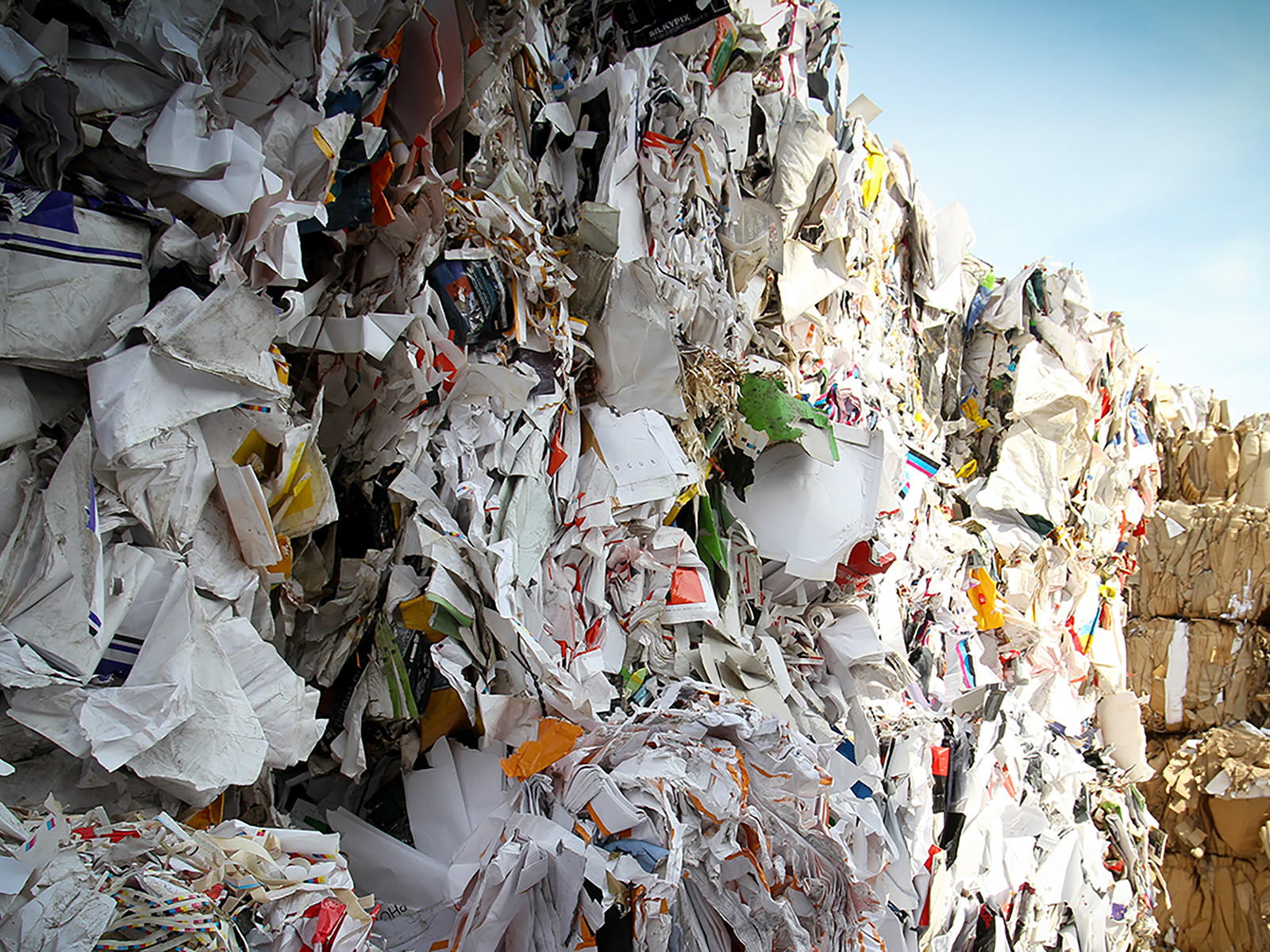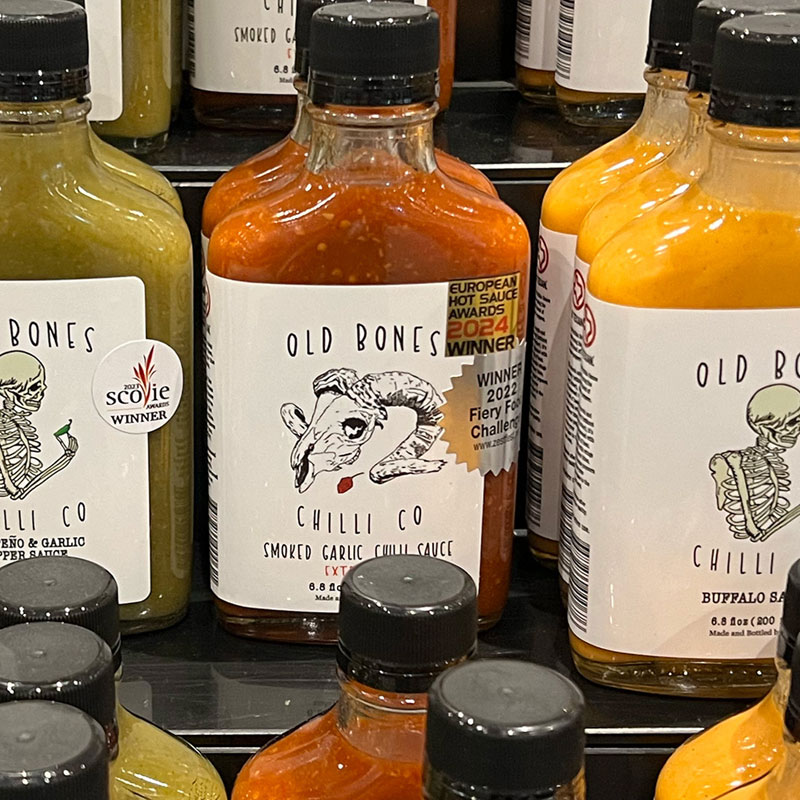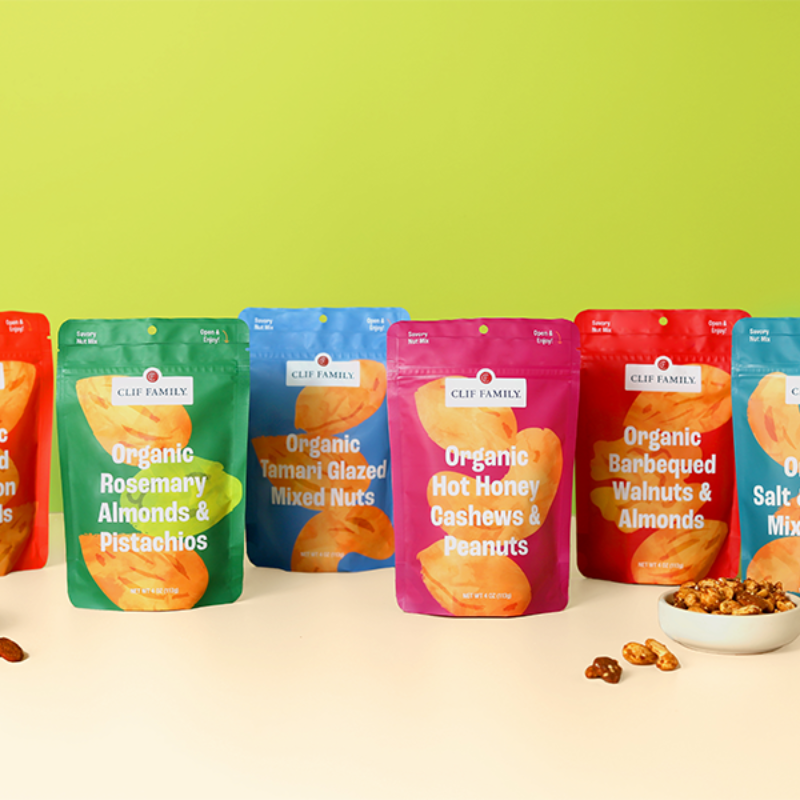The Future of Fashion is Circular

The COVID-19 crisis has affected every industry worldwide, and fashion is no different. Sales in fashion plunged up to 70% from March to April in 2020 as stores closed, events were canceled, and customer behavior adjusted to a “new normal.” Quarantine has changed my buying habits this year, from buying new clothes regularly in-store last year to staying home with zero urge to spend money on clothing this year.
But the old “normal” wasn’t exactly fantastic either. Americans throw away about 70 pounds of textiles every year per person, most of which end up in landfills and incinerators, where it can leach chemicals into the ground or send carcinogens into the air. Just as the pandemic has reduced people’s buying habits, it’s increased the thrift industry as Americans stuck at home Marie-Kondo their closets. I used to shop at fast fashion boutiques such as Zara frequently pre-pandemic, sometimes two or three times a week with friends just to see what was new.
But as the fashion industry struggled with our new reality, I started to see many brands try new strategies to use less water, create less pollution, and lower landfill use. I began to change my buying habits as well. When I inhaled the unsafe air and watched the orange skies in California, I realized that I could support the changes that companies were making to save our planet for future generations. Here are some sustainable fashion trends to follow on your journey to becoming a conscious consumer:
Resale
As part of becoming a more conscious shopper, I now spend most of my time on second-hand sites like Vestiaire Collective, The RealReal, and eBay rather than major department stores. ThredUp’s annual Resale Report projected the secondhand market would double in the next five years, outstripping fast fashion within the decade. By buying and selling used, consumers can reduce their own carbon footprint while making a little extra cash to support their shopping habits at online platforms like Poshmark and ThredUp.
Upcycling
Reducing fashion waste by turning old clothing and material into new products isn’t a new idea. The term upcycling was first coined in the 90’s, but it’s gained huge momentum in the Spring 2021 collections. “As the first collections designed entirely in a global, pandemic-induced lockdown, these clothes were conceived during a time of smaller margins and a greater sense of the need for frugality without compromising on creativity. Suddenly, it seemed every brand was using deadstock textiles or upcycling or both.”
Check out these brands putting upcycling front and center:
Eileen Fisher Resewn Collection
Everlane ReDown & ReNew Collection
Gaala
Anekdot
Kitty Ferreira
Doodlage
OhSevenDays
Hotel
Madia & Matilda
Les Fleurs Studio
Urban Outfitters Urban Renewal
Textile Regeneration
Not everything can be resold or upcycled, but that doesn’t mean the landfill is the only option. Much of our textile waste is made of materials that can be broken down, reprocessed, and turned right back into the object they came from! A T-shirt made of old T-shirts that looks brand-new, or sneakers broken down and turned into new shoes. Plenty of brands are using new technologies to give new life to old material.
A recent Adidas x Stella McCartney collaboration included a hoodie made from regenerated cotton, a groundbreaking technology unveiled by Evrnu, which turns cotton waste into a stronger, higher-performing fiber. Thousand Fell has a perfectly circular business model: wear your vegan sneakers, send them back when they’re worn out, and get credit for a new pair while your old kicks get turned into new ones. Companies like Big Favorite or Universal Standard have programs where you can send in your worn out cotton or denim basics to be responsibly recycled. Even brands normally associated with fast fashion are making strides: H&M sold the first dress made from Circulose—100% recycled cotton and sustainably sourced pulp fabric. They also launched Looop, which lets customers see their old garments transformed into something new.
At Noise 13, we’re always excited to work with brands who put sustainability front and center. As designers, it’s important to understand how and why we do things the way we do, and really own what it means to be sustainable. That means using what you have, and finding ways to come together to be smarter and more sustainable in how we design and manufacture.





